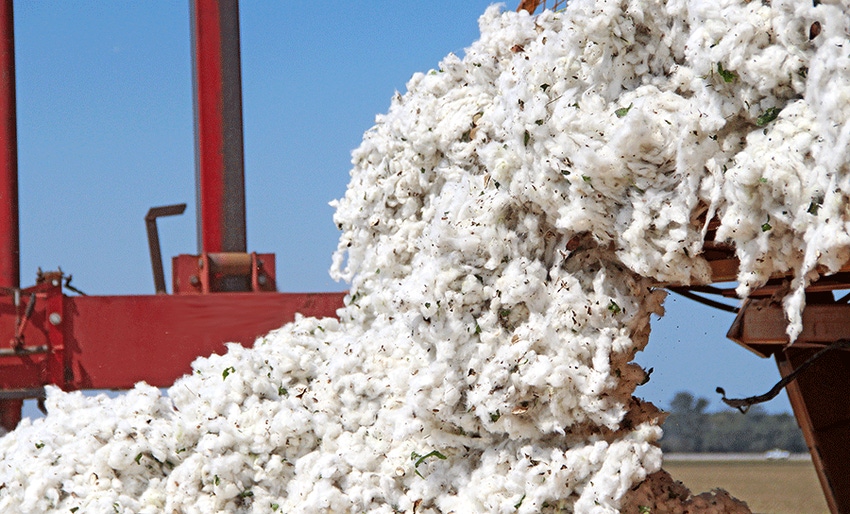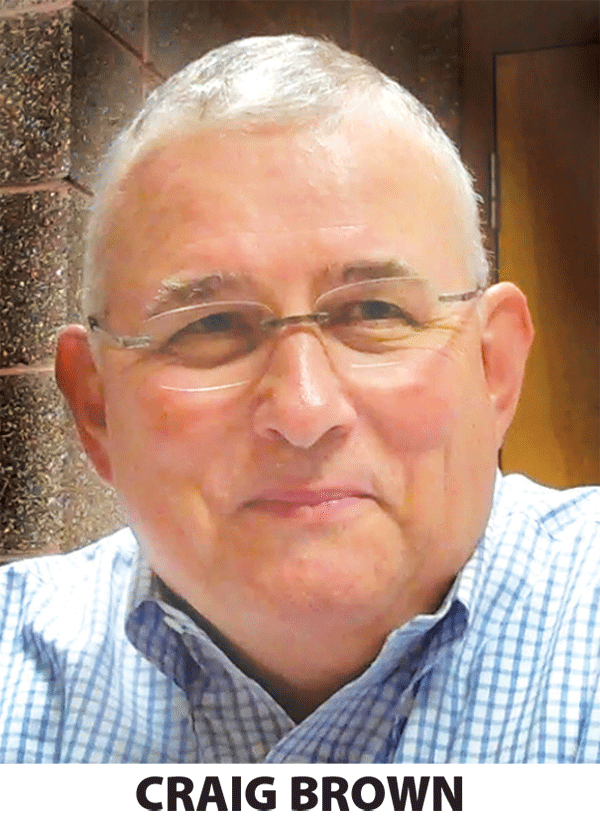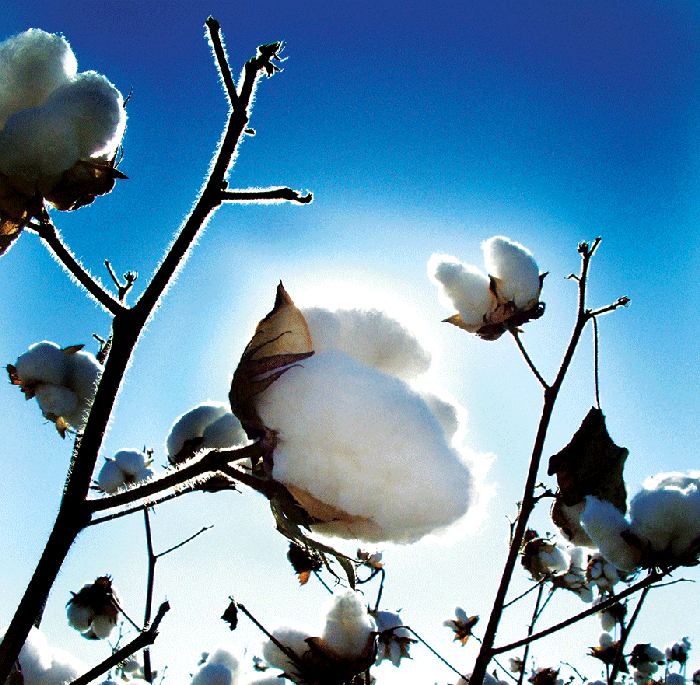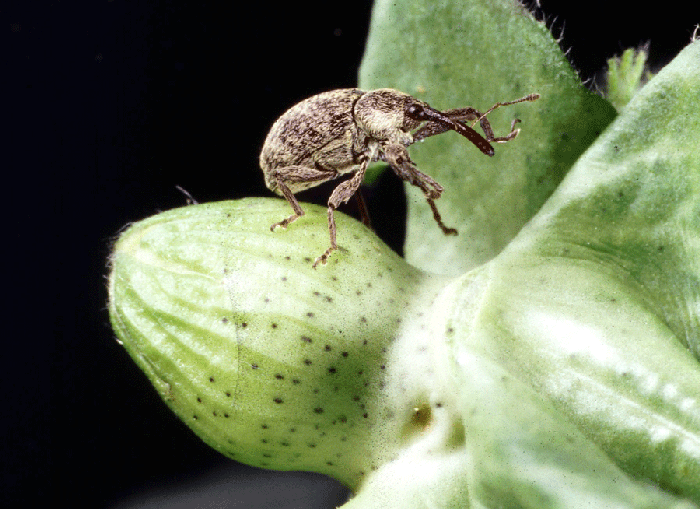
While the cotton industry is busy formulating policy positions for the 2018 farm bill, other issues of importance are getting close attention, says Craig Brown, vice president for producer affairs for the National Cotton Council.
Chief among them, he said at the joint annual meeting of the Mississippi Boll Weevil Management Corporation and the Mississippi Farm Bureau Federation Cotton Policy Committee, is cotton’s sustainability.
“We’re very concerned about cotton’s message to its brands and retailers on whether U.S. cotton is considered sustainable. There are many definitions of sustainability, but basically our goal is to convince these key people — who ultimately send signals to the cutters, sewers, weavers, spinners, on what type of fabric they want in consumer apparel — that U.S. cotton is responsibility produced and strives for continuous improvement. That’s our definition of sustainability.
“We have a program called Cotton Leads, which has had a degree of success. But we recognize that more needs to be done in this area, and that we need to beef up our program. There are other programs that are competing for the sustainability designation, and we need to be more involved.”
A MORE CREDIBLE SUSTAINABILITY PROGRAM
A sustainability task force is working to develop a concept or pathway to be presented at the August National Cotton Council meeting, Brown says. ”It will need producer participation and acceptance, and the role producers play will be very critical.
“We’ve got to stay focused and use some of our resources to have a more credible sustainability program for U.S. cotton. There are really good minds in cooperating organizations, with some really good ideas on how to accomplish this.” They include, he says, the Cotton Board, Cotton Council International, Cotton Incorporated, National Cotton Council, and the National Resources Conservation Service, which “has been really cooperative, with some really good programs.”
EPA EVALUATION OF NEONICOTINOIDS
Efforts continue, Brown says, to demonstrate to the Environmental Protection Agency that neonicotinoids are being used responsibly by cotton producers, and that they are not harmful to pollinators when used in accordance with labels.

"We recognize that more needs to be done in the area of cotton sustainability, and that we need to beef up our program," says Craig Brown, National Cotton Council. "There are other programs that are competing for the sustainability designation, and we need to be more involved.”
Dr. Don Parker, integrated pest management director on the National Cotton Council’s technical staff, is working closely with regulatory agencies on pesticide regulations and labels, he says. Recently an Environmental Protection Agency team that’s evaluating neonicotinoids and pollinator protection efforts met in Memphis with cotton producers, beekeepers, NCC staff, Extension/research specialists, and other industry leaders to discuss how growers can work on a voluntary basis with beekeepers, using a program like the one developed in Mississippi, which has been used as a model for other states.
“Everyone did a good job of presenting solid scientific data on the value of neonics to the cotton industry, and how producers can work in concert with beekeepers,” Brown says. “As a result of this meeting, we believe that the EPA has a much better appreciation for the value and usefulness of neonicotinoids, how important they are to agriculture, and the careful stewardship that farmers are using with these important materials. We’re encouraged that this meeting will have positive results for our industry.”
CONCERNS ABOUT AUXIN TRAITS
While there are “some concerns” about issues related to the auxin traits, 2,4-D and dicamba, Brown says, “We don’t get involved in state issues unless we asked. But we do have some concerns about how state labels and federal labels differ, and the impact that has on the viability of federal registration and on stewardship of these materials.
“Many don’t realize that 2,4-D and dicamba traits only have a two-year registration, as opposed to the normal five years. They’re being scrutinized very closely, and claims and potential problems related to off-label incidents are really being noticed. We’re also concerned about the viability of some of these chemicals and traits as they relate to weed resistance problems.” (Enlist Duo herbicide, a blend of 2,4-D choline and glyphosate and the herbicide component of the Enlist weed control system, has a five-year registration.)
KENNETH HOOD’S LEADERHIP IN BOLL WEEVIL PROGRAM
Commenting on the Mississippi Boll Weevil Management Corporation’s honoring Perthshire, Miss., producer Kenneth Hood’s 25-year leadership role in the boll weevil eradication program, Brown noted that the program has resulted in elimination of the pest across the cotton belt, except for a small area in south Texas and across the Rio Grande River in Mexico.

A boll weevil-free growing environment has saved millions of dollars for cotton growers in Mississippi and across the cotton belt as a result of a years-long program to eradicate the pest that has plagued farmers for decades.
“If we follow eradication program all the way from its beginning, with trial runs in North Carolina, then moving across the cotton belt, running out of federal funds, EPA lawsuits, environmental impact statements, Supreme Court cases — the program has had every kind of obstacle thrown in front of it. There were some tough decisions that had to be made, some difficult meetings to get through, but thanks to Kenneth and other dedicated leaders, all were overcome.
“Now, I think complete eradication for the entire cotton belt is within our grasp, as soon as the boll weevil is eliminated in the lower Rio Grande Valley and across the river in Tamaulipas, Mexico. This year will be the first with a full-season program in Tamaulipas, under the supervision of the Texas Boll Weevil Eradication Foundation, and progress is being made.
“There’s not another federal/private cost-share program that I know of that has been as effective as the boll weevil program, and everyone who has been connected with it is due appreciation. We appreciate Kenneth Hood’s leadership role in this program over the past 25 years.”
About the Author(s)
You May Also Like




